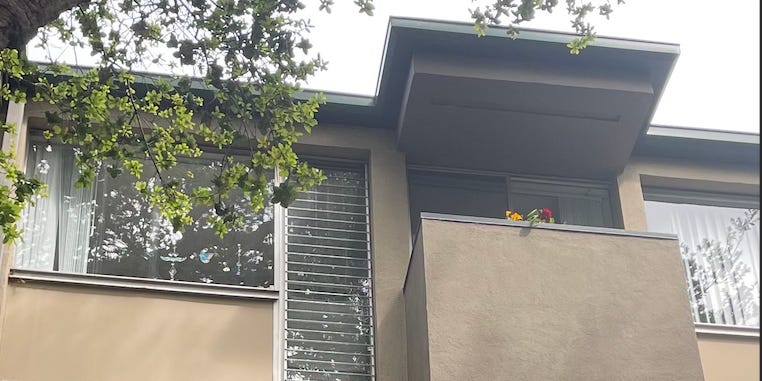Surviving on Social Security: A Boomer's Harsh Reality of Endless Work and Financial Strain

At 72, Linda Lara navigates the delicate balance of retirement with resilience and determination. Living in a subsidized senior apartment, she supplements her modest Social Security income with part-time work, embodying the quiet struggle faced by many older Americans trying to make ends meet.
Linda's days are a testament to the economic challenges confronting seniors across the country. Despite working additional hours and carefully managing her limited resources, she finds herself constantly walking a financial tightrope. Her story reflects a broader reality where retirement doesn't always promise the comfort and security many hope for.
Each shift and every carefully budgeted dollar represents Linda's unwavering spirit—a reminder that dignity and hard work don't necessarily guarantee financial stability in one's golden years. Her experience sheds light on the complex economic pressures facing an aging population, where Social Security and part-time work often fall short of providing true financial comfort.
